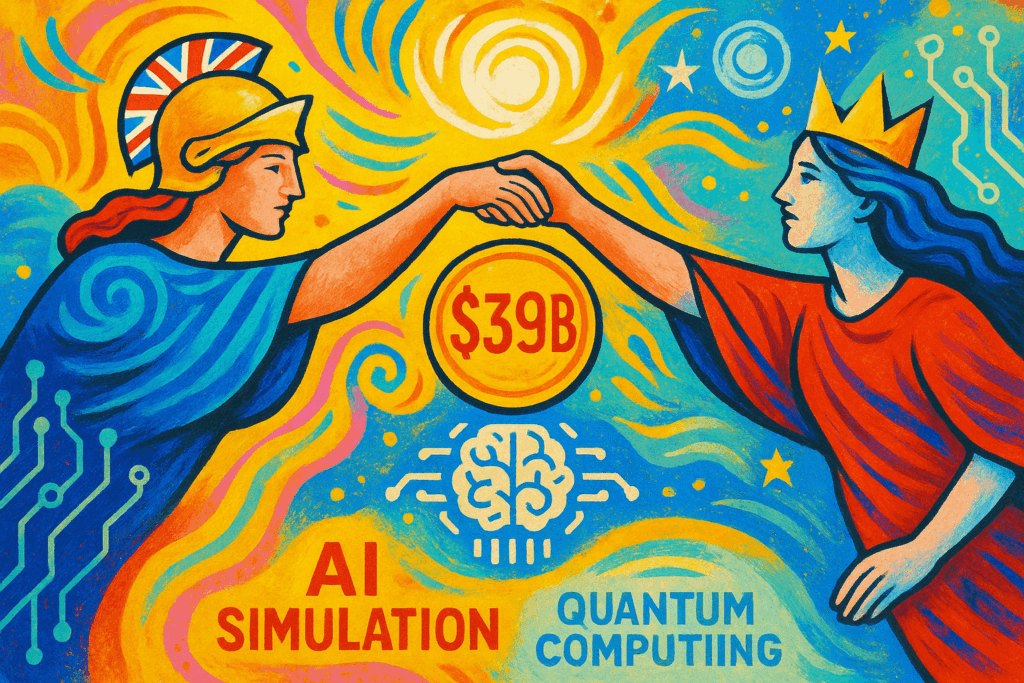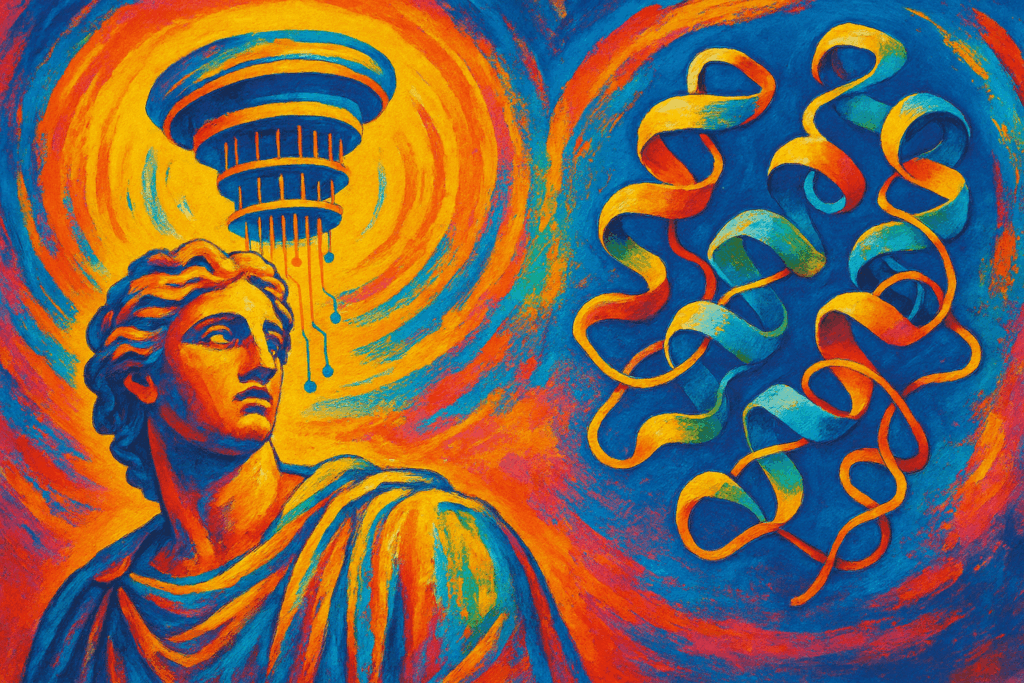Introducing NVQLink: A Leap in Quantum-Classical Integration
NVIDIA has revealed NVQLink, a pioneering interconnect designed to bridge Graphics Processing Units (GPUs) with quantum processors. This technology represents a significant step toward integrating classical and quantum computing systems. By facilitating a direct, high-bandwidth connection between GPUs and quantum processors, NVQLink aims to establish accelerated quantum supercomputers capable of handling complex computational challenges more efficiently.
Powering Quantum Supercomputers
The connection NVQLink enables is vital for the emerging class of hybrid quantum-classical computers. While quantum processors excel at certain types of calculations, many tasks still require classical computing power. NVQLink supports offloading these classical computations to GPUs, which are well-suited for parallel processing, while quantum processors focus on quantum workloads. This collaboration enhances the performance of AI simulation and complex problem-solving tasks that benefit from quantum acceleration.
NVQLink is built on an open system architecture, encouraging collaboration across hardware and software platforms. This openness invites developers and researchers to innovate using interoperable components, potentially accelerating adoption and expanding the scope of quantum computing applications.
The Future of Hybrid Computing
NVIDIA envisions NVQLink as a foundational element in next-generation computing infrastructure. The seamless integration of GPUs and quantum processors promises to accelerate scientific discovery, improve AI model development, and unlock new industry applications. As hybrid quantum-classical computing becomes more accessible, research and enterprise sectors can leverage these advancements to tackle challenges that were previously out of reach.
NVQLink marks a strategic move towards practical quantum computing by combining classical GPUs and quantum processors within a unified framework. This emerging architecture holds the potential to redefine computational limits and open new avenues in AI simulation and beyond.




